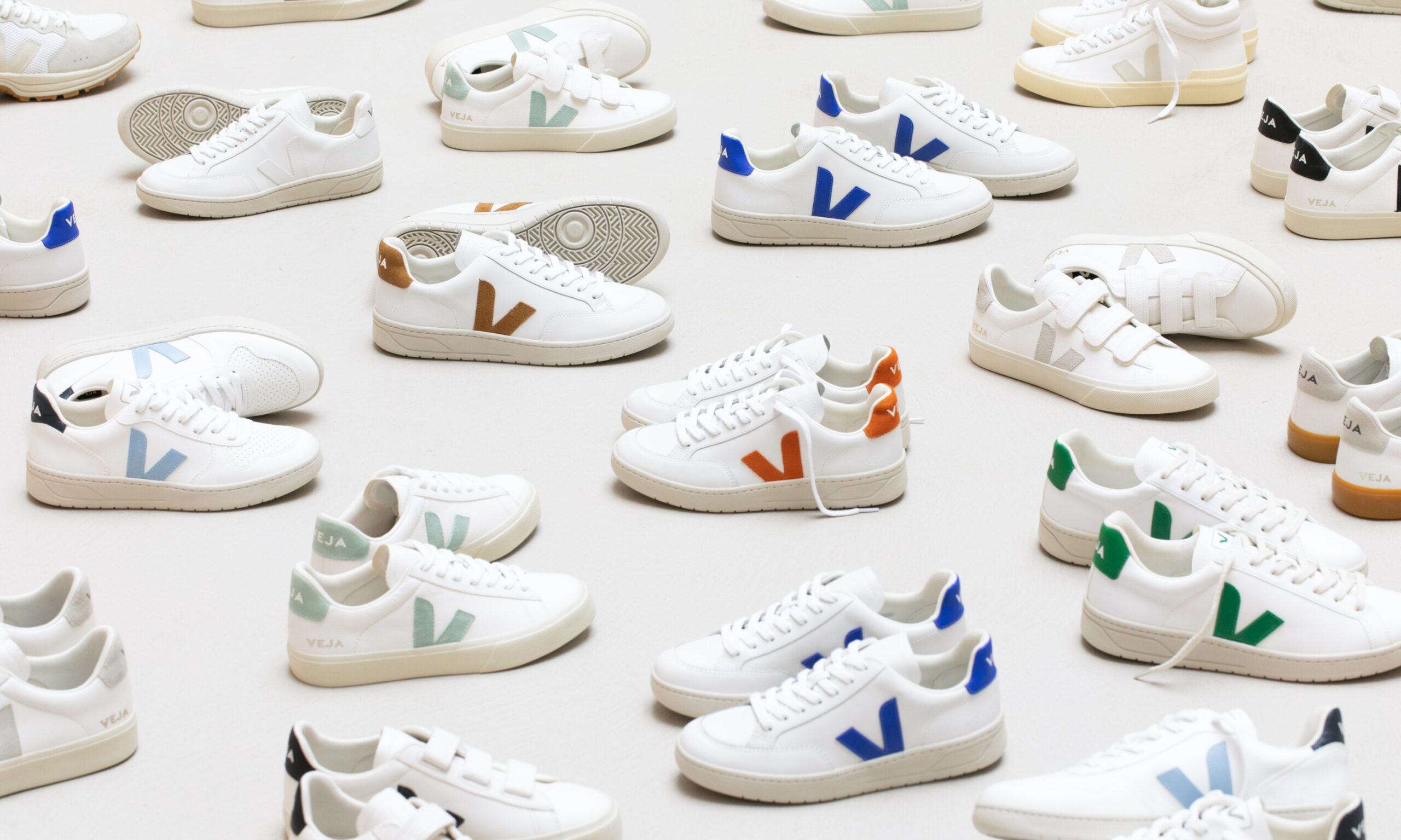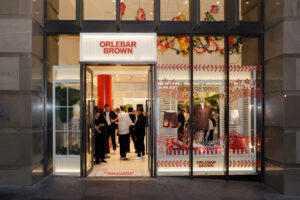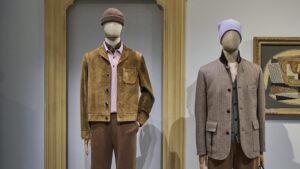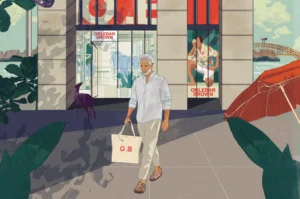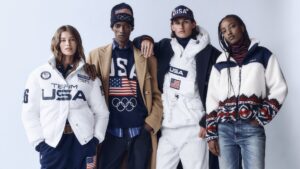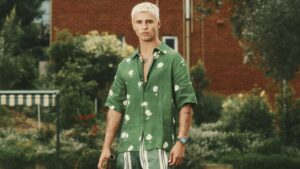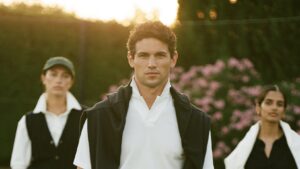Sustainability remains a hot-button topic in boardrooms the world over, and one industry arguably cops more flack than any other bar transportation and petroleum: fashion.
Now it wouldn’t be fair to paint the entirety of fashion with a villainous brush — certain brands are leading the rag trade down a path to redemption. Which is why we’ve offered the following “slow fashion” companies that are building admirable (and sustainable) business models for your consideration.
But before we dive into all that, it’s probably a good idea to settle on a working definition of both “sustainability” and “sustainable fashion” — meaty subjects that motivated us to enlist real experts.
The Triple Bottom Line
For over 25 years, Grazyna van Egmond has been the CEO of Banksia Foundation: a not-for-profit that places businesses under the sustainability microscope, and publicly recognises those making big strides in the eco-friendly field.
According to Van Egmond, UN Sustainable Development Goals are the gold standard for measuring actual sustainability, yet a simpler introduction to it all comes with the notion of the “Triple Bottom Line” (TBL).
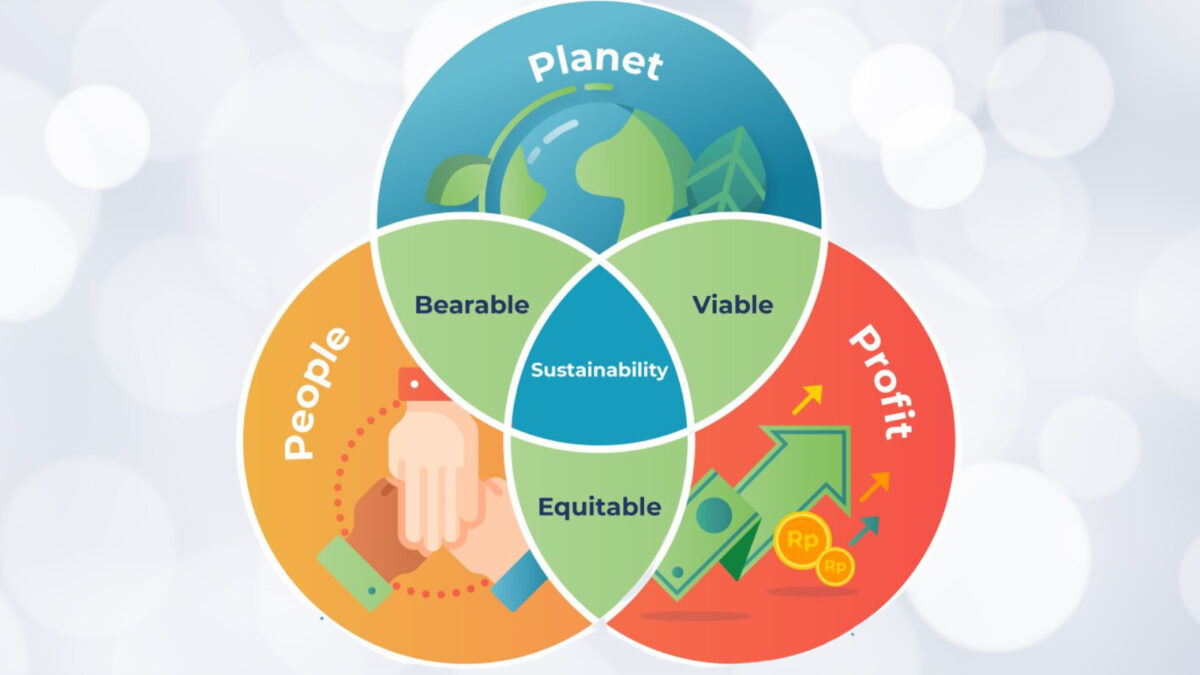
The TBL mandates that a sustainable business model should always balance three social and environmental considerations: care for people, care for the environment, and economic viability. These are also referred to as the Three Ps — people, planet, profit.
“The triple bottom line integrates everything… how we affect environment, how we affect each other, and underpinning all of that is financial viability. It’s a much broader perspective on how we can live better and work better into the future.”
Graz van Egmond, CEO of Banksia Foundation
Here are a few sustainable fashion labels that we think are taking a good run at the ol’ TBL.
Care For The Environment: Icebreaker
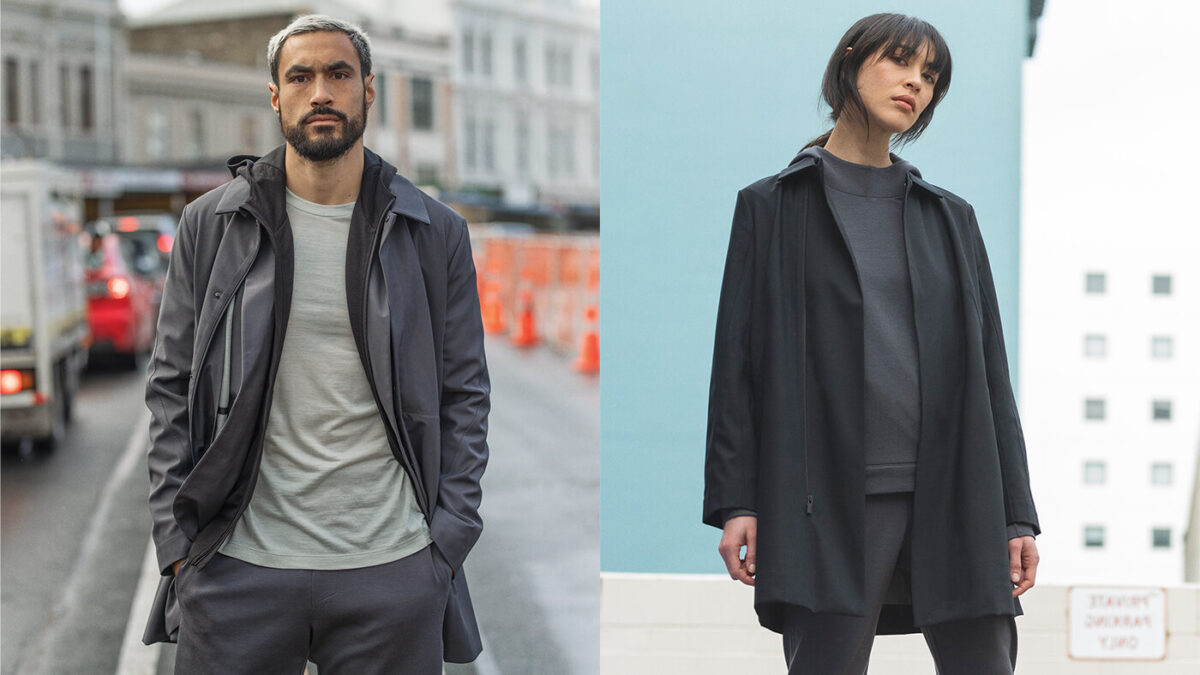
Almost a decade ago, scientists made the disturbing discovery that synthetic micro-fibres (the kind that gets washed down the drain every time you do your laundry) are at risk of poisoning our global food supply.
Research is still being conducted to determine what sort of adverse health effects these fibres will have as they become an increasingly pervasive part of food chains, but the early warning signs (as you’d expect) are not good.
That’s where ethical outdoor clothing brands in the mould of Icebreaker come in. The “sustainable merino” label is committed to raising awareness of the issue; and has even come up with a few initiatives to help tackle the problem.
Where It All Started
A chance meeting with a Kiwi wool farmer — who created a pair of thermal underwear using merino fleece — led Icebreaker’s founder, Jeremy Moon, to establish the company.
Now a global brand offering men’s and women’s outdoor clothing, in just 25 short years, their range has grown to include sweaters, jackets, t-shirts, socks. and underwear. Though Moon didn’t raise the business solely on great natural fibres: his company’s operational playbook incorporates a number of key themes about regeneration and ecological balance.
Of course, at the centre of all this is the merino fibre.
The Fibre
Ancient, reliable, and naturally occurring, it’s no wonder merino has often been called the King of Woollen Materials. With excellent thermoregulating properties and a soft, comfortable handle, it’s an ideal textile for crafting outdoor clothing. Additionally, because of the way merino is woven, the fibres are great for wicking moisture and transferring it to the garment’s exterior — evaporating faster and keeping you cool.
Fatal Fabric
The innovative and much-needed work that Icebreaker has been doing in the environmental space for the fashion industry is best explained by telling you exactly what happens every time you wash your clothes.
In 2011, a team of scientists led by Dr. Mark Browne, Senior Lecturer at The University of NSW, released a report detailing the build-up of microplastics in the ocean along multiple international shorelines. Along with micro-fibres, these plastics are released into various populations up and down the oceanic food chain (e.g. molluscs and crustaceans) every single time we wash our clothes.
Per Browne’s research, one garment can release over 1,900 synthetic micro-fibres — which are then washed into the ocean via a series of sewage outlets. Adjusted for the number of times the average household does their laundry every week, and the threat of irreversible damage to the global food supply begins to look extremely real.
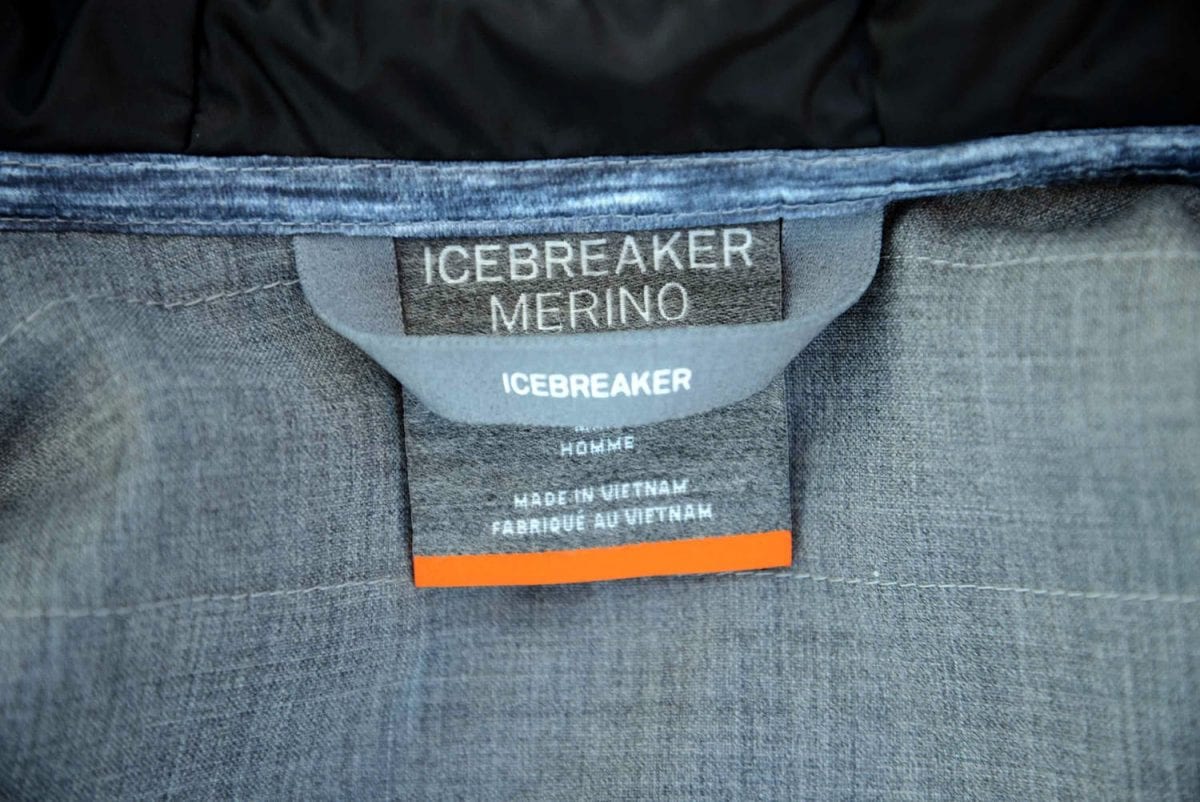
Merino Wool (The Original Superhero Fabric)
So what does this all have to do with Icebreaker?
For starters, the brand brought the micro-fibre issue to widespread attention via its #TeesForGood campaign. Launched with the tagline, “What impact does your T-shirt have?” Icebreaker’s efforts celebrated merino wool’s remarkable odour-eliminating qualities — implying they’d hold up to over a week’s worth of wear without the need for laundering.
The takeaway here is that clothing made from natural fibres generally remains fresher for longer; thus requiring less water across its lifespan. Additionally, when you do wash these garments, what you’re sending down the drain isn’t full of synthetics or microplastic — less likely to do harm to the ocean’s food supply.
The Icebreaker Customer
In discussion with Carla Murphy, Icebreaker’s Vice President (Global Brand & Product), we asked if the masses really care about washing micro-fibres down the drain enough to change their purchasing habits.
Murphy pointed to the continued and long-term growth of organic beauty: initially deemed a “fad,” this category in the beauty industry has grown 7-10 times faster than in other areas, indicating a collective shift towards conscious consumption amongst consumers.
Additionally, there are various prongs to Icebreaker’s sustainability strategy. In no particular order — the brand uses plant-based dyes in its manufacturing; provides assistance to farmers in the development of better land-care practices; and the annual “Transparency Report” — which also outlines how they’re doing on the two other fronts covered by TBL.
You can read the 2024 edition of the report here.
Care For People: Clothing The Gaps
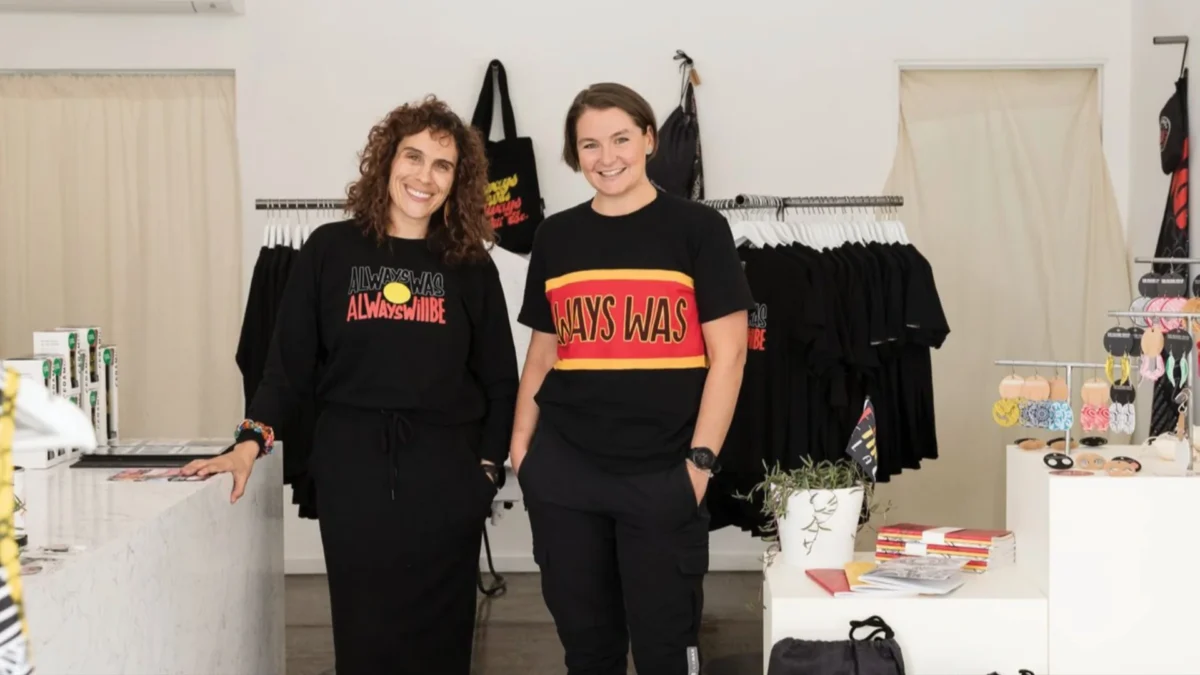
Clothing The Gaps produce a variety of fashion items that support healthcare programs for at-risk indigenous Australians (and quite literally save lives).
The company’s mantra of “creating a just society” might sound a little hokey — like something you’d read in a back-issue of Action Comics — but read on and you’ll discover how serious the brand is about this mission statement.
“Free The Flag”
A few years prior, the AFL made front-page news with a controversial story about its inability to utilise the Aboriginal flag during the league’s Indigenous rounds. Headlines with the phrase “Free The Flag” appeared in response to letters of demand issued by WAM Clothing, the non-indigenous company that owns the exclusive right to use the design on apparel.
Incidentally, the phrase was actually coined by Clothing The Gaps a number of years prior to all this. The brand uses a range of ready-to-wear clothing (including tees, singlets, and hoodies) to promote awareness of the difficult issues affecting Australia’s indigenous communities; often with slogans like “Always Was, Always Will Be” and “Shades of Deadly.”
Even though Clothing The Gaps began primarily as a means of funding community healthcare programs for indigenous Aussies, the brand has experienced something of a rise to prominence thanks to its uptake among professional athletes involved in the AFL such as the entire Collingwood team, who have been spotted training in the brand’s apparel.
The Power of Merch
We spoke to General Manager Laura Thompson and Chief Creative Officer Sianna Catullo — both of whom were originally employees of Spark Health and had designed their own clothing to hand out to volunteers as program-themed merch.
All this kit proved so popular that they soon found a way to turn it into a supplement to government funding, and thus, Clothing The Gaps was born.
When Cultures Collide
To better support Clothing The Gaps’ profitability, Catullo and Thompson widened their target market to encompass many non-Indigenous Australians. And that wasn’t without its own learning curve.
“When we started marketing [the brand] to non-indigenous Australians, my first thought was, ‘Where do we start?’ Because an item of clothing with a very authentic and prominent Aboriginal design might have been too daunting for these customers.”
Sianna Catullo, Chief Creative Office of Clothing The Gaps
The duo’s solution was to incorporate subtle references to traditional Aboriginal design within their activewear (still an ongoing line) and use more universally recognisable clothing motifs for their streetwear.
Furthermore, its branding features references to uniquely Aboriginal language and concepts, which Thompson hopes will encourage non-indigenous Australians to learn more about the causes they’re supporting when buying.
The Power of Fashion
It’s difficult to argue with the awareness that Clothing The Gaps has achieved in both the mainstream and more specialised market of sustainable clothing.
The brand has found favour with musicians, professional athletes, and a variety of other notable profle individuals that spend a lot of time in the public eye. In part, thanks to this exposure.
Thompson explained that the brand’s sales will soon be able to bankroll the relevant healthcare programs without government assistance.
“The reason we want to see non-Aboriginal people wearing our clothes isn’t just because it allows us to be financially sustainable as a business… when we see [them] wear our brand, as indigenous Australians we feel heard and supported.”
Laura Thompson, General Manager of Clothing The Gaps
Care For Profitability: Outland Denim
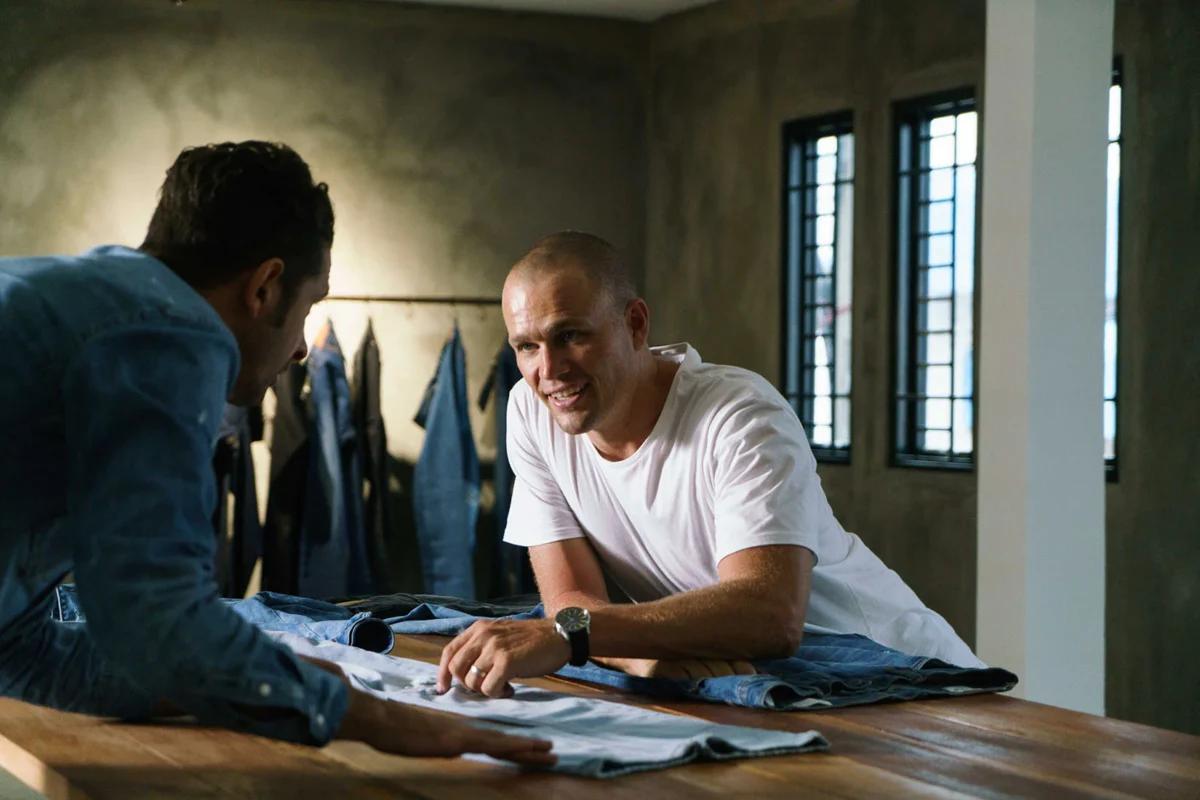
There’s a reason that fast fashion continues to persist: deregulated labour and huge margins are hard things to pass up. Yet in Outland Denim’s case, things are done a bit differently. The sustainable fashion label was created to support and rehabilitate victims of sex trafficking by giving them vocational training and financial independence.
Founder James Bartle noted the horrific circumstances faced by many of the disproportionately female garment workers — who are now core to Outland Denim — were best tackled by completely overhauling the supply chain and business model.
Bartle spent six and a half years building a sustainable manufacturing model from scratch; and it has been operational now for roughly the same amount of time (all manufacturing is based out of Cambodia).
Beyond outlaying resources to train employees in all the technical aspects of making denim clothing, Outland Denim also provides opportunities to learn English, basic financial literacy, and other interrelated skills essential in the fight against poverty.
“We’re taught to measure economic impacts only in the countries that generate the profit. But if you were to look at some of the biggest, most successful brands… you’ll find they mightn’t be so profitable if they had to pay what it really costs to take a resource from there and bring it over here.”
James Bartle, Founder of Outland Denim
Admittedly, building a business with the heart of a social enterprise can become expensive very quickly, raising the question about how a brand can possibly remain sustainable (in the social and environmental sense) while also being competitive. Bartle was quick to emphasise one point from the get-go: quality.
How A Values System Works For Business
Many fashion NGOs that don’t make the long-term fail because the product that is at the heart of their business is, to be truthful, completely unexceptional.
While brands like Patagonia and Brunello Cucinelli have proven it’s possible to sell a values system as well as a hard product, the latter is non-negotiable. Man cannot live on lofty ideas alone. That begs the question as to what sort of model does work where the employee-employer relationship is concerned.
Unlike the vast majority of major international businesses that take advantage of cheap labour in the developing world (the elephant in the room), James Bartle explains that it’s prudent to invest long-term in the nuts and bolts of business operations. Viewed by some as outlays, in his opinion, they are a kind of delayed-return dividend:
“As businesses embrace these sorts of practices – where they value their workforce in the way those individuals ought to be — they will see other added benefits arise that do have an impact on the bottom line.”
You’re Only As Good As The People You Hire
Case in point: by training its seamstresses in the technique needed to cut and sew an entire denim garment, Outland Denim is able to leverage a multi-skilled workforce capable of supporting the business anywhere along the production line.
And not just how to sew on pockets or buttons, either. Highly skilled seamstresses make great garments, full stop, but highly skilled seamstresses also make versatile employees, who can effectively jump in anywhere along the production pipeline, providing big wins in terms of efficiency.
A knock-on advantage in Bartle’s business model is that by investing heavily in their staff and giving them skills that are individually enriching, each employee’s morale is high. So when things get crazy, and the business grows quicker than anticipated, the brand can call on a skilled and engaged workforce.
Sink or Swim
Much like Icebreaker, Bartle’s brand has done its due diligence; and knows that the market for informed and ethical consumption exists and is still growing. One of Outland Denim’s more recent initiatives is the vertical integration of its own cotton farms; giving them more control over production and the environmental impact of making denim. Again, this is a significant outlay — but one that Bartle says brands cheap out on at their own peril.
“In my opinion, brands that don’t offer something to society are eventually going to die out.”
Care For All Of The Above: VEJA
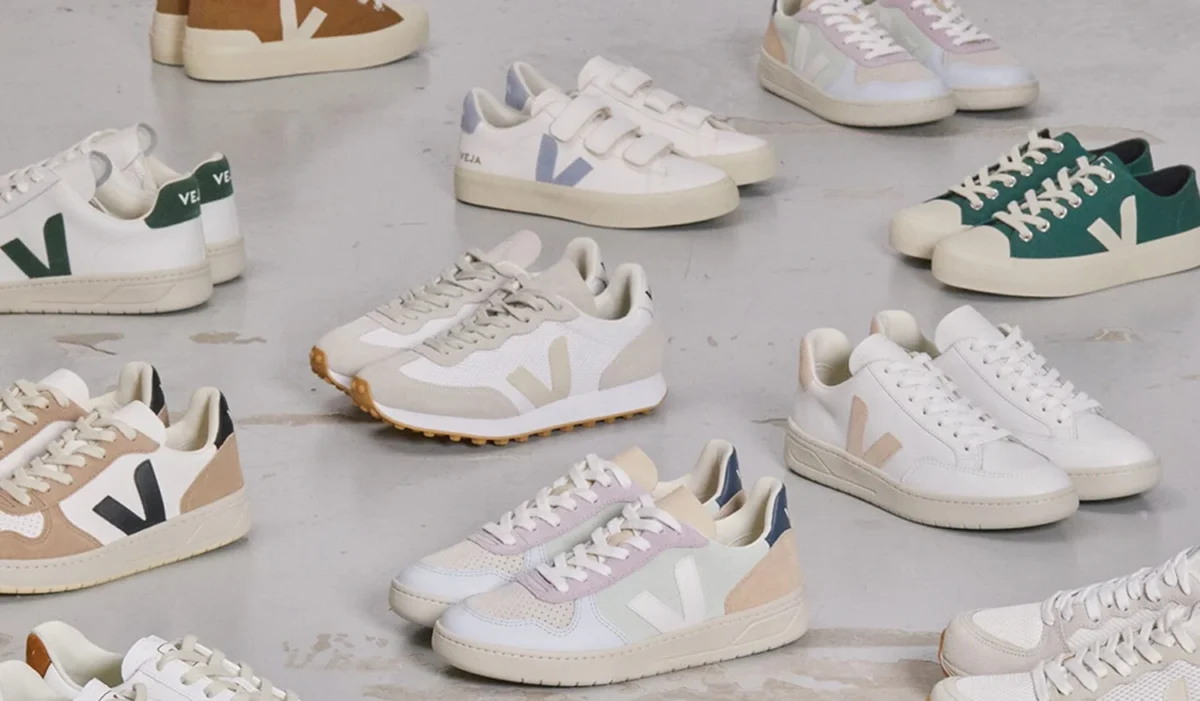
When this article was initially published, it only featured Icebreaker, Clothing The Gaps, and Outland Denim. But in light of how VEJA continues to reinvent sustainability through an emphasis on rejuvenation, we think it deserves our renewed attention.
Since founders Sébastien Kopp and François-Ghislain Morillion met with North Brazil’s organic cotton farmers and Amazonian wild rubber tappers circa 2004, VEJA have produced sneakers by mixing social projects, economic justice, and ecological materials — without compromising at any stage to protect its product quality and integrity.
VEJA makes use of Brazilian and Peruvian organic cotton for the canvas and laces, Amazonian rubber for the soles, plus various “innovative materials” constructed from recycled plastic bottles or recycled polyester (all purchased up to 3.5 times the market price; all in line with its sustainable and zero waste policies).
Along the way, the brand has:
- created 500+ jobs within the team
- created another 500+ jobs as part of VEJA’s logistics
- repaired over 19,000 pairs of shoes from VEJA and otherwise with its cobblers (hence “rejuvenation”)
- and as of 2019, the 200 tonnes of wild rubber the company has purchased has resulted in the preservation of roughly 90,000 acres of the Amazon rainforest
To date, VEJA have sold approximately 12 million sneakers — and remained profitable — with zero investors, stocks, or advertisers.
What’s next?
Going beyond the names we’ve mentioned, there are plenty of established fashion labels around the world that continue to make headway for TBL compliance; from the likes of The North Face to premier Aussie clothier M.J. Bale — the latter’s monumental B Corp certification having been spearheaded by sustainability up-and-comer Athena Savvas, who has since continued the good fight at DISSH.
One consistent theme underpinning all of our discussions was that in order for brands to be truly sustainable into the future, it’s impossible to do so alone. In other words, the fashion eco-system at large has to hold suppliers, textile mills, logistics companies, and their consumers accountable (and vice-versa).
More challengingly, sustainability requires one to engage in useful dialogue with the competition — something that seems counter-intuitive to life in the free market. Surprisingly, when asked about whether she’d help competitors to set up their own systems of sustainability, Murphy explained she saw that as a no-brainer:
“What we’re really passionate about is advancing the cause of sustainability more broadly — more voices means more collaboration. Arguably the best thing about sustainable fashion is that it’s made up of so many amazing initiatives. And when you come together, competition or not, you’re able to do the right thing for the planet and for our industry.”
Carla Murphy, Vice President of Icebreaker (Global Brand & Product)
